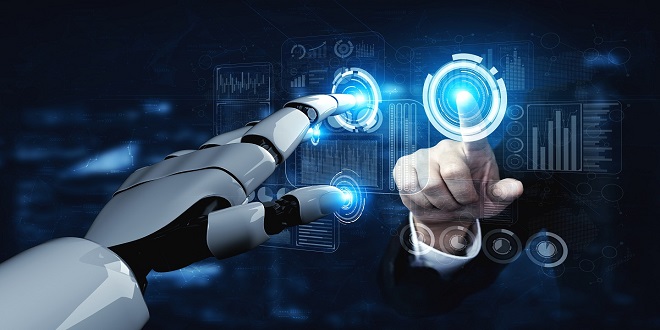In the rapidly advancing field of robotics, sensors play a pivotal role in enabling machines to perceive and interact with their environment. These technological marvels are the eyes and ears of robots, allowing them to gather data, make informed decisions, and navigate the world around them. In this article, we delve into the evolution of robot sensors, exploring the key advancements that have propelled robotics into a new era of sophistication and capability.
Early Days of Robot Sensors:
The concept of using sensors in robotics dates back to the early days of automation. Early robots were equipped with simple sensors that could detect basic environmental cues, such as proximity to obstacles. These rudimentary sensors laid the foundation for more complex developments in the years to come.
One of the earliest and most fundamental sensors used in robotics is the infrared sensor. Infrared sensors detect infrared radiation, allowing robots to gauge distance and avoid collisions. While effective for basic obstacle avoidance, these sensors had limitations in terms of accuracy and sensitivity.
Evolution of Vision Sensors:
As robotics evolved, so did the need for more sophisticated vision sensors. The integration of cameras into robotic systems marked a significant milestone, enabling machines to “see” and interpret visual information. Early camera-based systems were limited by low resolutions and processing power, but advancements in technology quickly addressed these challenges.
Modern vision sensors utilize high-definition cameras, image recognition algorithms, and machine learning to provide robots with advanced visual capabilities. These sensors empower robots to recognize objects, navigate complex environments, and even perform intricate tasks with precision. Vision sensors have become indispensable in applications ranging from industrial automation to healthcare and beyond.
Tactile Sensors: Adding the Sense of Touch:
While vision sensors enhance a robot’s ability to see, tactile sensors bring the sense of touch into the equation. Tactile sensors, often resembling human skin, are designed to detect pressure, force, and vibrations. These sensors enable robots to interact with objects in a more nuanced and controlled manner, opening up new possibilities for applications such as delicate object manipulation and human-robot collaboration.
The development of soft robotics has further expanded the capabilities of tactile sensors. Soft robots, inspired by the flexibility of natural organisms, utilize soft materials and compliant structures. Tactile sensors in soft robots allow for gentle interactions with the environment, making them suitable for tasks in which traditional rigid robots may struggle.
Ultrasonic and LIDAR Sensors: Navigating the Environment:
Navigation is a critical aspect of robotics, especially in applications such as autonomous vehicles and drones. Ultrasonic sensors and LIDAR (Light Detection and Ranging) sensors have emerged as key players in this domain.
Ultrasonic sensors employ sound waves for distance measurement and obstacle detection. They are commonly employed in robotics for applications like object detection and collision avoidance. LIDAR, on the other hand, relies on laser light to create detailed, three-dimensional maps of the environment. This technology is particularly crucial for autonomous vehicles, where precise mapping and navigation are essential.
AI is one of the biggest tech news. We are still only in the early days of the development of AI. As the technology becomes more sophisticated, it will be applied to further develop tech-based tools, such as training machines to recognize patterns, and then act upon what it has detected. It can develop your best business times idea and you can succeed in your life goal.
The integration of these sensors has enabled robots to navigate complex environments with a high degree of accuracy, making them suitable for a wide range of industries, from logistics and manufacturing to agriculture and healthcare.
Wireless Connectivity: Enabling Communication and Collaboration:
As robots become more interconnected and collaborative, the need for effective communication between machines has grown. Wireless connectivity has emerged as a crucial component, allowing robots to share information in real-time and coordinate their actions.
Wireless sensors and communication modules enable robots to work together seamlessly, whether in a manufacturing setting or a search and rescue mission. This interconnectedness enhances efficiency, facilitates decision-making, and opens up new possibilities for swarm robotics, where multiple robots collaborate to achieve a common goal.
Conclusion:
The evolution of robot sensors has been a remarkable journey, transforming the capabilities of robotic systems and pushing the boundaries of what machines can achieve. From the early days of infrared sensors to the sophisticated vision, tactile, ultrasonic, and LIDAR sensors of today, each advancement has brought us closer to a future where robots Play a crucial part in numerous facets of our existence.
As technology continues to progress, we can expect further innovations in the field of robot sensors. The integration of artificial intelligence, machine learning, and advanced materials will likely lead to even more sophisticated and capable sensor technologies, propelling robotics into new realms of possibility. The era of smart, perceptive, and collaborative robots is upon us, and the evolution of sensors is at the forefront of this transformative journey.






